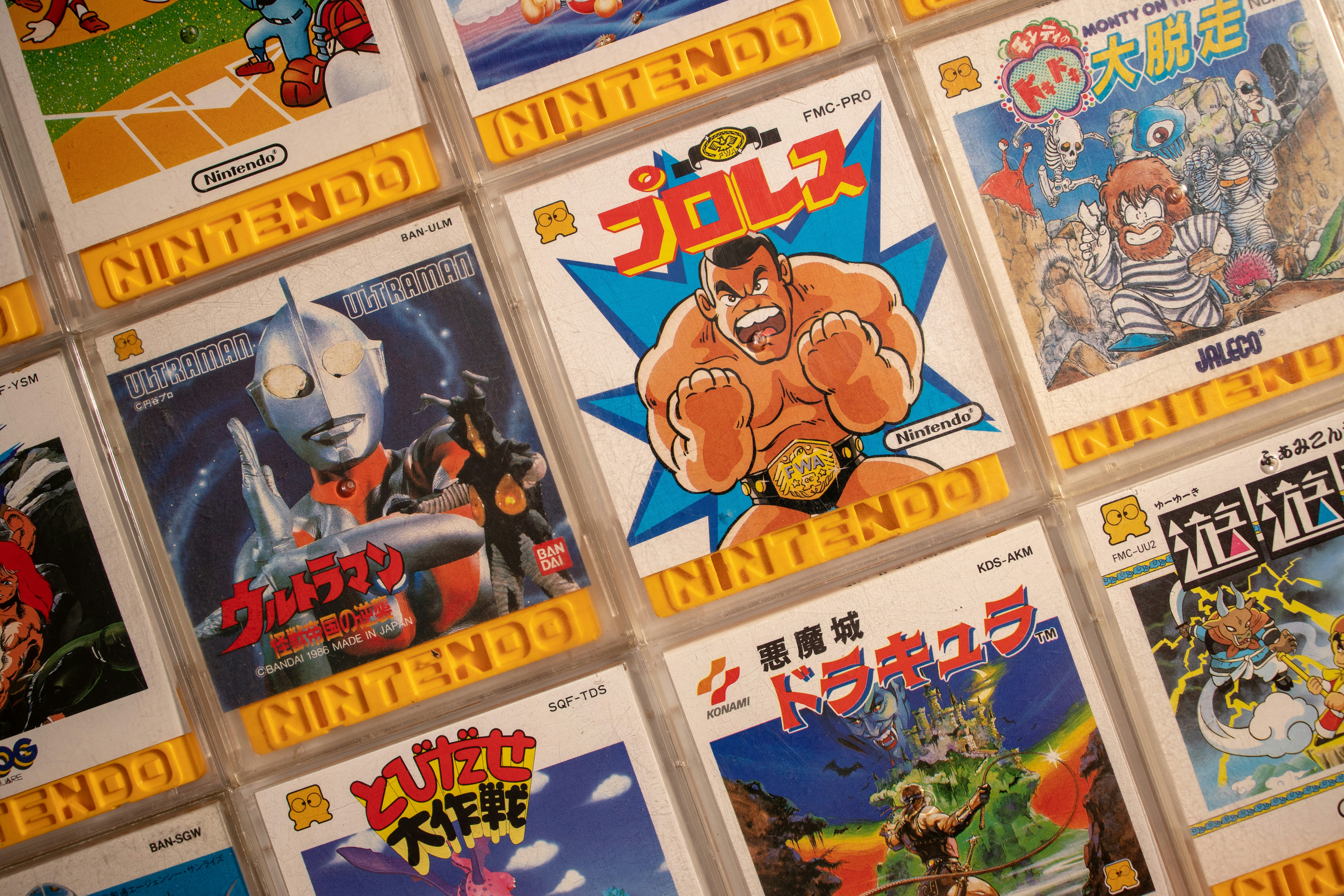A New Dawn in Digital Art: The Rise and Influence of CryptoArt
The world of art has always been in constant evolution, and its latest frontier is the digital landscape. This article delves into the emergence and impact of CryptoArt, a new creative movement that integrates digital art and blockchain technology. In the broadest sense, CryptoArt is a genre of art that is tied to blockchain technology, mainly in the form of cryptocurrencies like Ethereum and Bitcoin. It first appeared around 2014, when artists started to see the potential of blockchain as a new medium for creating and trading art. At its core, CryptoArt is about leveraging the unique properties of blockchain to create, distribute, and own digital art in ways that were not previously possible.

The Blockchain Connection
Blockchain, the technology behind cryptocurrency, is what makes CryptoArt truly unique. It allows digital art to be ‘tokenized’ and traded as a valuable asset. Each artwork is linked to a non-fungible token (NFT), a type of digital certificate of authenticity stored on the blockchain. This solves the problem of copying and piracy that is common in the digital world, giving each piece of CryptoArt a provable uniqueness and ownership.
The Rise of CryptoArt
CryptoArt has been gaining significant traction in the past couple of years. In 2020, the market for NFT-based art reportedly grew by 299%, with total sales exceeding $200 million. High-profile artists and celebrities have also started to dabble in CryptoArt, further raising its profile. For instance, in March 2021, digital artist Beeple sold an NFT artwork for a whopping $69.3 million at Christie’s auction house, a historic first for digital art.
The Impact and Reception of CryptoArt
The emergence of CryptoArt is not just a passing fad; it’s a disruptive force that is reshaping the art world. It’s democratizing art creation and ownership, making it possible for artists to directly monetize their work without the need for galleries or middlemen. On the flip side, it’s also sparking debates around environmental impact, as blockchain transactions consume significant amounts of energy.
The Future of CryptoArt
As with any new technology or movement, the future of CryptoArt is uncertain but exciting. It’s opening up new possibilities for artists and collectors alike. However, it also poses challenges and questions that need to be addressed, such as the environmental concerns and the potential for market manipulation. Despite these uncertainties, one thing is clear: CryptoArt is here to stay, and it’s fundamentally changing the way we create, own, and interact with art.
From its humble beginnings to its current prominence, CryptoArt has proven that the intersection of art and technology can lead to fascinating and groundbreaking developments. As it continues to evolve and mature, it’s likely to further challenge our traditional notions of art and ownership. One thing is for certain: the world of art will never be the same again.




